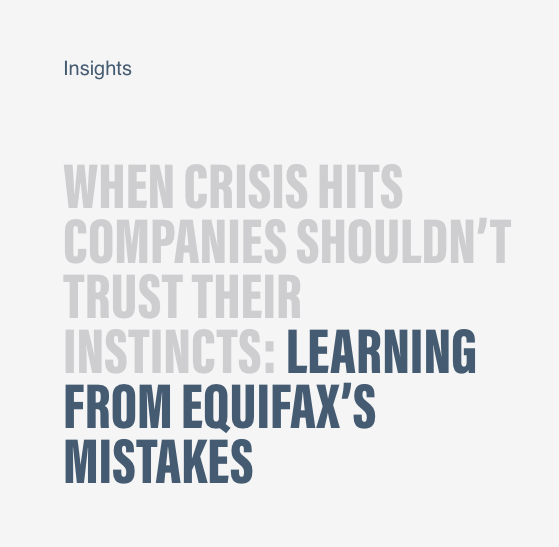Two Words You Should Never Use In Your Customer Communications
Good customer communications can increase loyalty and retention. Bad ones? They can send customers straight to the phone, driving up customer service costs. Or worse, they can motivate exasperated customers to take their business elsewhere.
Here’s one quick way you can improve your transactional customer communications by making them more customer centric. You know the kind: everything from account status updates and benefits explanations to order confirmations and membership renewals – all those service-oriented and regulatory messages that companies are obligated to send.
It comes down to two words you should never use. Ready? Here they are:
“IF YOU”
Think about it. Say a customer receives a message from their bank, and it reads something like this:
“IF YOU also have a savings account with us…”
Or maybe a pharmacy benefit plan sends a message that says:
“IF YOU already enrolled in automatic refills…”
What’s the problem with IF YOU-statements like this? It’s simple. They’re essentially telling the customer, “We don’t know you.” In reality, companies do know. They have all the relevant information about customers and their accounts; they just haven’t made the effort to connect all the dots and personalize communication.
McKinsey reports that 71% of consumers expect personalization… and 76% get frustrated when they don’t’ find it. Ultimately, when you send an IF YOU communication, the underlying message your customer hears is: “They don’t care.”
WHY CUSTOMER COMMUNICATIONS MATTER
Companies today send billions of transactional emails, letters and notices every month. For existing customers, transactional comms has an outsized effect on customer satisfaction. Satisfaction leads to loyalty. And loyalty wins business.
Unfortunately, when it comes to customer communications, many companies get it all wrong. Transactional communications are often treated as “business as usual,” without the level of effort, attention, and investment they deserve. That’s a huge, missed opportunity to harness the power of transactional communications to build good will and engagement, not to mention reduce customer service costs.
WHAT’S GOOD FOR YOUR CUSTOMERS IS GOOD FOR YOUR BUSINESS.
Customers need to know they’re a priority to you. That you care enough to be on top of their account, their current situation, or their status. If you communicate like you don’t know or you don’t care, your customers can easily find a competitor who does.
Let’s jump back to our two “IF YOU” examples and try a more customer-centric approach.
This time, the bank says:
“Since you already have a savings account with us, we can offer you…”
Or the pharmacy benefit plan sends a message that reads:
“Because you’re enrolled in automatic refills, there’s nothing you need to do…”
Always let your customers know that you know who they are. Reassure them that you’re on top of things and aware of where they are in their experience with your business. Not only will you sound like you care about them, you’ll also feel like a more modern, tech-savvy company that’s on top of everything—and that boosts your credibility.
When you elevate transactional communications to the same level of importance as, say, your marketing communication – and give them the same amount of care, planning, and attention – you reduce costs, build customer relationships, and create a more consistent brand experience.








